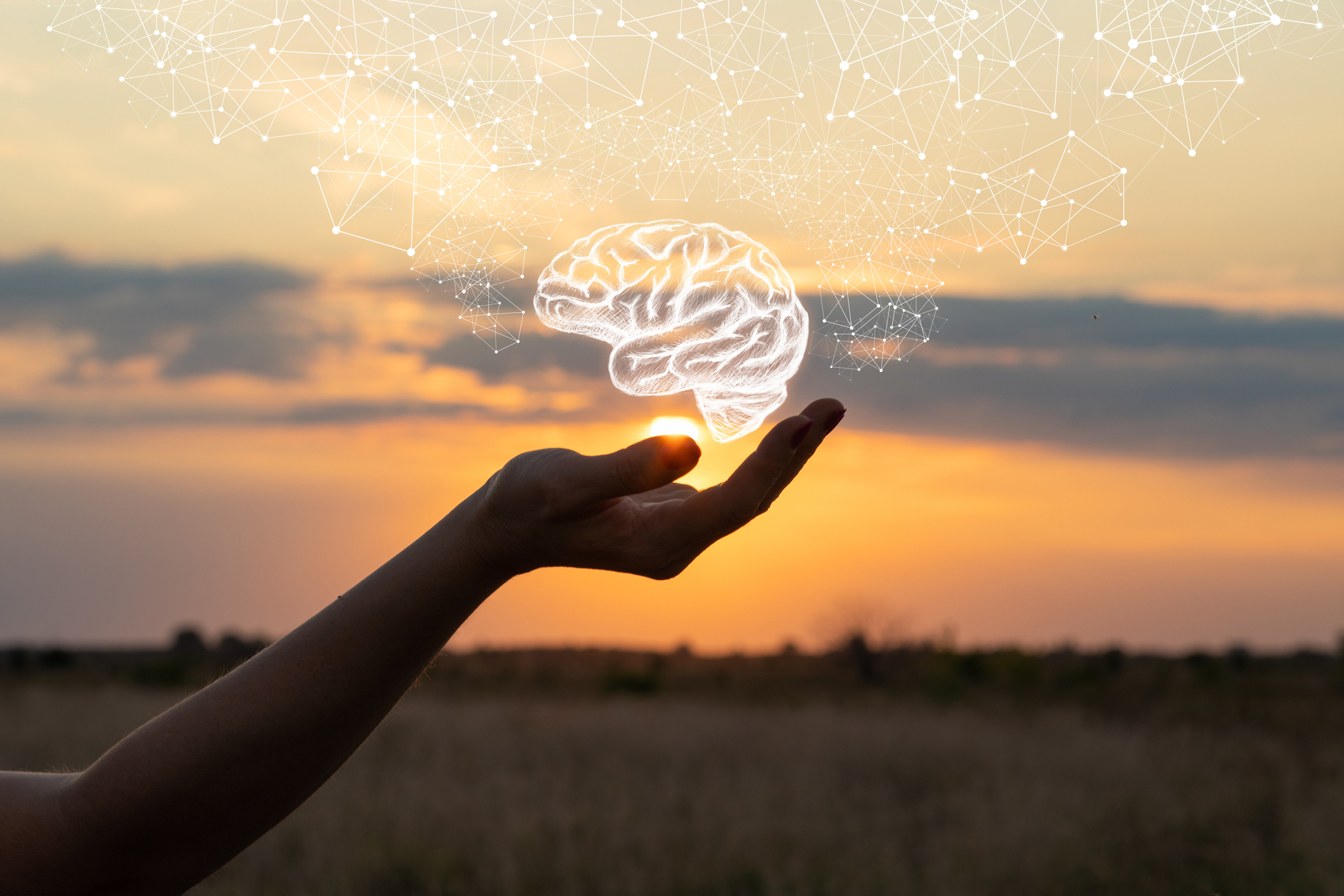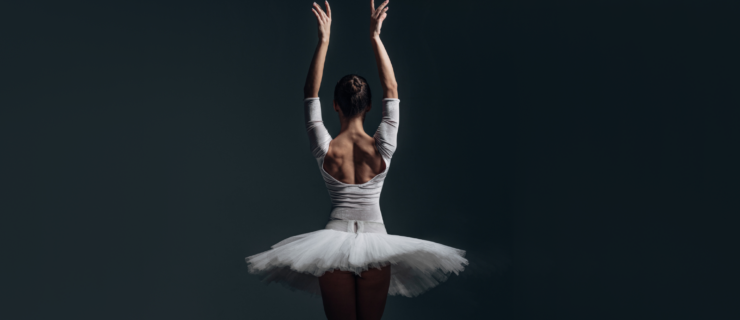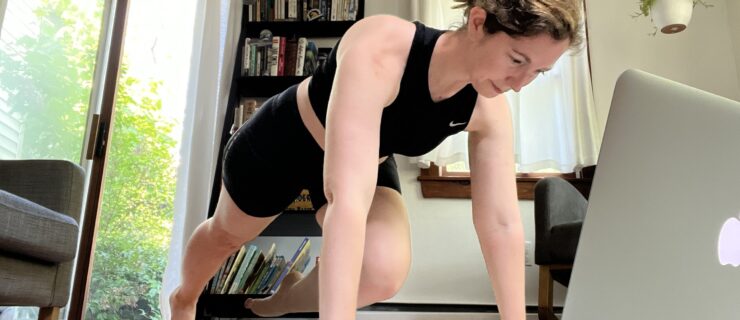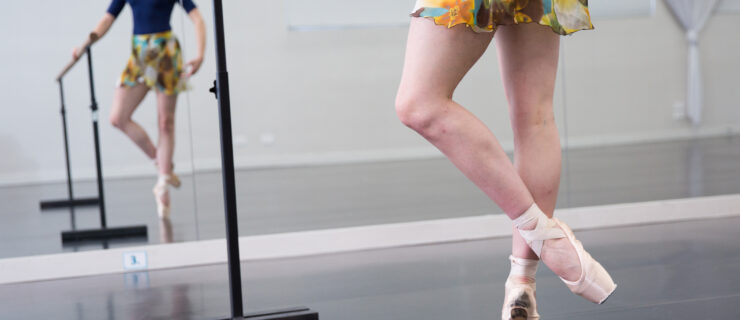Dancing With ADHD: The Challenges, Surprise Benefits and Tools to Cope
Despite what it looks like onstage, anyone who’s ever taken a ballet class can tell you the art form is far from effortless. Not only is it physically taxing, it’s full of emotional and mental difficulties, too. According to Clare Guss-West, MA, a researcher specializing in attention and dance who works with artists and teachers at companies like The Royal Ballet and the Finnish National Ballet, these difficulties are made even more challenging by the sheer amount of information dancers try to focus on and process at one time.
“Dancers are trying to hold on to information from health care professionals, training and artistic feedback, musical information and choreographic memorization [all at once],” she explains.
Tiana Ozolins, an apprentice with Rochester City Ballet, says that mental multitasking has been a source of struggle for her entire career. But for Ozolins, this difficulty is magnified by her attention deficit hyperactivity disorder (ADHD) diagnosis.
“When you learn choreography, you’re not just learning movements, it’s also space and time and so many different elements,” she says. “Sometimes I have a hard time focusing on all those things at once.”
Dancers with ADHD face a variety of challenges. Luckily, there are tools and resources available to help cope. And experts say having a brain that thinks about things a little differently can even offer unique benefits.
Added Challenges
Typically, ADHD is associated with focus and attention difficulties. Ozolins says she often struggles to remember combinations, especially when the teacher is only using auditory cueing, and she also has challenges picking up small details.
“Sometimes I’ll hear things and I won’t quite process them, or I’m thinking about something else and my mind has wandered,” she says, adding that medication, proper sleep and a healthy diet have helped improve this.
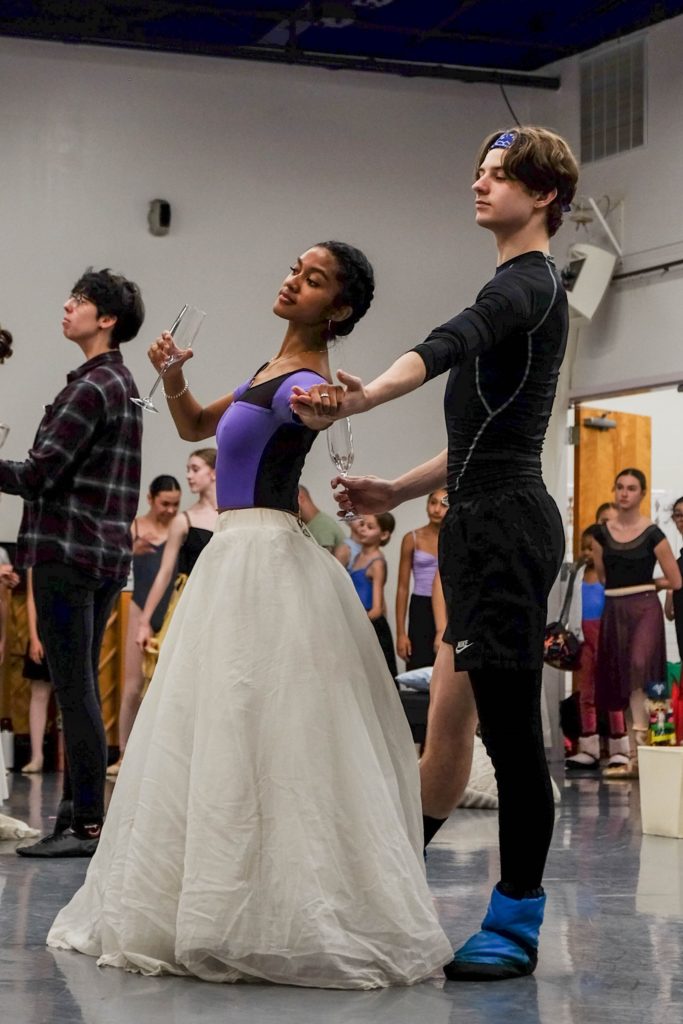
Guss-West adds that individuals with ADHD can also have more trouble with movement skills, learning and coordination than other dancers not suffering from this condition.
They also have a hard time standing still, which is—especially for young dancers learning the basics—a large part of ballet class. This need for stimulation can manifest in a variety of different ways, including what mental health professionals refer to as “stimming,” or self-stimulatory behavior. Stimming, which is also common in those with autism spectrum disorder (ASD), is the repetition of a certain motion, or even a phrase or sound, that often derives from a desire to calm the anxiety that can accompany these mental health conditions. But, for ballet teachers who don’t understand these neurodiverse needs, stimming can seem distracting and may even lead to frustration in the studio.
“It’s difficult for the individual who is just standing around doing nothing, because they’ll do something like chat,” says Terry Hyde, MA, MBACP, a psychotherapist who works with dancers. “So in a rehearsal, the ballet master will shout to keep quiet, but [someone with ADHD] has a need to do something all the time.”
Hyde says these dancers are also more inclined to experience perfectionism to a debilitating degree. One reason is that those with ADHD and related disorders like ASD, are prone to seek out certainty in their lives. On the one hand, he says, ballet technique provides this certainty: “You need to be in first position, you need to have your arms correct.” On the other hand, the art form’s ideals are most often unachievable. “When the dancer with strong ADHD traits gets it wrong, they are very hard on themselves.”
Unique Advantages
While dancers with ADHD face many challenges, the way their brains work may also present some unexpected benefits. For example, though many may struggle to focus in some scenarios, these dancers may also have the ability to enter a hyper-focused flow state, especially when they’re really interested in a task or activity, Hyde says.
Ozolins can relate. “If the choreography that we’re learning is really fast, that’s really stimulating for me, and sometimes I’m able to actually learn those kinds of things easier,” she says. “I’m able to get the choreography down as one whole movement, rather than a bunch of smaller things that I have to learn.”
Guss-West, citing a 2017 study by Dr. Aharon Shulimson and Julie Terry on dancers at Ballet West, adds that, in fact, ballet dancers may actually be more likely to display ADHD traits. The study found that over two-thirds of the dancers in the Salt Lake City–based company had a “highly-overactive brain.”
“If I list the things that you need [in order] to focus when you have ADHD, it’s almost the definition of ballet or dance,” Guss-West says. “You need to be passionate about [the activity] and it needs to be high-intensity. It needs to be ultra-structured, discipline-wise, fast, hands-on, creative, and you need some sort of independence.”
This fact, Guss-West says, unveils what might be seen as a sort of “chicken and egg” scenario, suggesting that perhaps the multitude of foci involved in dance might provoke a performer to become “overloaded and distracted.” Or, perhaps, those with ADHD are drawn to the field because their neural functioning is particularly equipped to handle multiple demands.
Coping Strategies
While some elements of ADHD can be beneficial, the disorder presents struggles that dancers may need to find ways to cope with. Luckily, there are plenty of methods to manage these tougher aspects of ADHD.
Ozolins says starting her days with healthy habits, like eating balanced, filling meals and getting plenty of rest, sets her up for success. This approach helps even when her ADHD spikes at unpredictable times, which she says can cause anxiety.
According to Hyde, anxiety is very common with ADHD. To help with this, he recommends mindfulness meditation, which involves focused breathing. It can also serve to focus the attention and help with grounding.
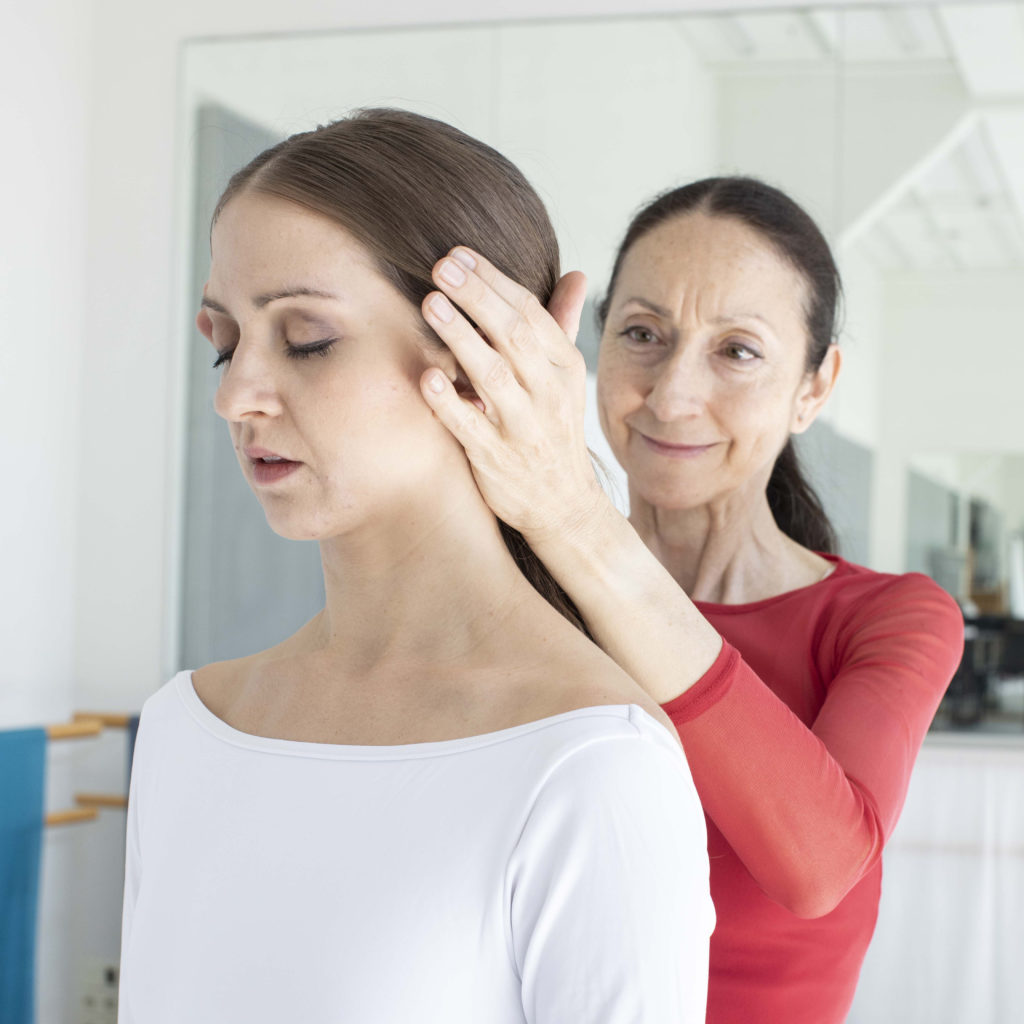
“You’re counting your breath and you’re slowing your heart rate down,” he says. “You’re actually distracting yourself through the counting, and then you can bring your focus back and be able to continue.”
In the studio, Guss-West recommends that dancers in general and particularly those with ADHD choose one to three elements of the choreography or desired movement quality to focus on. She adds that, often, it’s more helpful for dancers with ADHD to home in on what she calls an “external focus of attention,” like the intention of the movement, the shape, the quality or the musicality, and stay away from “internal foci”—i.e., conscious control of individual parts of the body, like how how high your leg is extended or how well the foot is pointed.
“Let’s say I asked you to focus on something very simple, like [the fact that] this movement makes a spiral. That’s all you’re going to focus on, and it works as an anchor for your mind and brain,” she explains. “All the other potential distractions and foci are kept away from the movement.”
Hyde says individuals with ADHD are all unique, and it may present in entirely different ways for different people. Dancers coping with the disorder can work with a psychologist or counselor to find the best tools for their specific needs. There are a variety of online tools (see below) that can help dancers connect with a professional near them.
“Don’t compare yourself to others,” Ozolins reminds dancers who may be struggling. “Your brain just works differently. It doesn’t have to be a brain competition, even if it feels like it.”
Resources
The following organizations offer resources and/or referrals to mental-health care providers for dancers.
